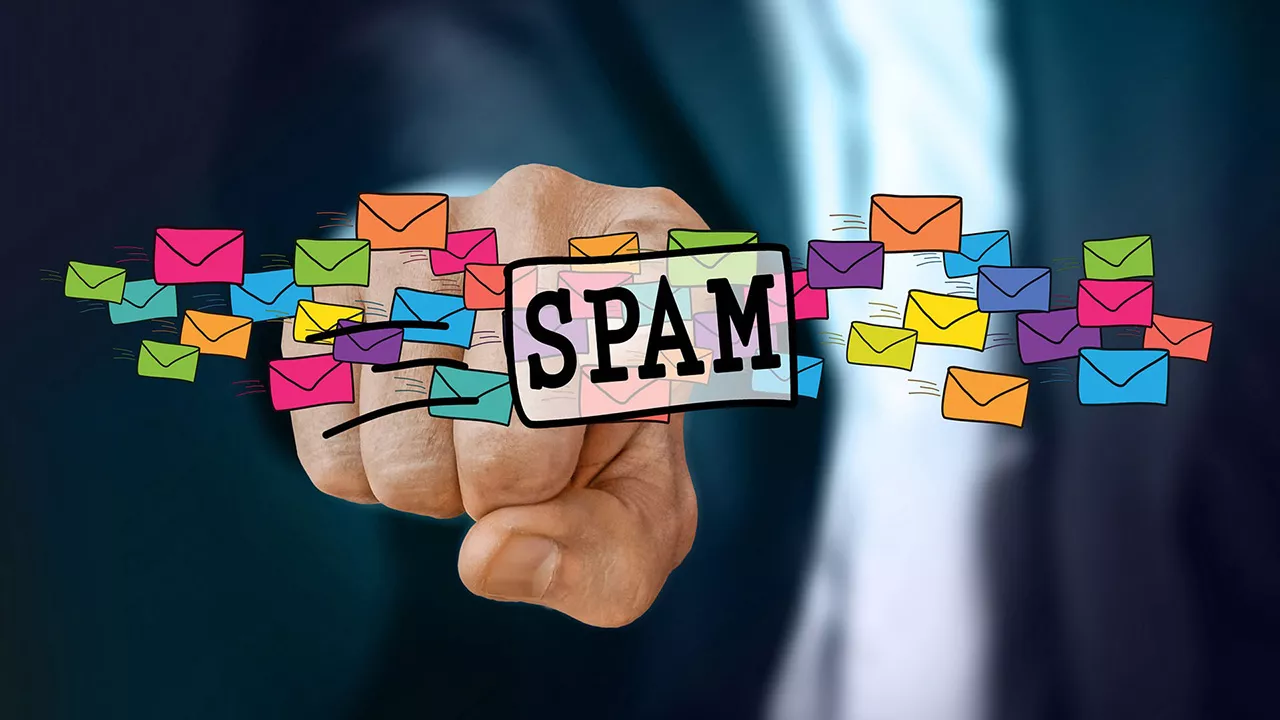
Nothing is more frustrating than working on a campaign or email for weeks, only to have it land in the recipient’s spam box. In this post, we’ll give you some great tips to avoid ending up in spam purgatory.
Monitor complaint rates from email clients
You can monitor complaints, or even just the number of complaints. A low complaint rate is better than a high one, because it means users are more likely to notice and complain about email they don’t want.
If you have a high complaint rate, you may want to consider changing your email list management strategy so that you’re not sending so much spammy content over time.
Avoid buying lists of contacts from third parties. When you buy a list that was created and distributed by another company or individual, there is no guarantee that those people are interested in your products or services—or even what they’re interested in at all! You could be wasting your time contacting people who simply won’t be interested in what you’re offering.
To make matters worse, many companies purchase addresses directly from individuals through online auctions or other means. This can lead to serious problems when these addresses are not packaged properly (for example: missing a street address), which often results in undeliverable mail being sent back to the sender without being delivered at all!
Always offer a clear and easy way to opt-out
You should always offer a clear and easy way to opt-out of receiving emails from you.
This means that you shouldn’t require people to fill out a form or call a number in order to opt-out. Don’t make them put in the email address they want removed, too—just ask them if they want their email address removed from your list, and move on. If someone has opted out of receiving communications from you, then all future communication should stop immediately. This doesn’t mean that all past communications have been deleted by default (we’ll get into that in the next section).
Remove inactive subscribers from your email list
If you want your emails to reach the inbox and not be filtered, then it’s important that you remove inactive subscribers from your email list. You should also remove subscribers who have unsubscribed from your emails, as well as those who have moved on or changed their email address.
Take advantage of advanced segmentation
Segmentation is the process of dividing a large group of people into smaller, more focused groups. In email marketing, it’s used to tailor your message to the needs of different groups of people. For example, if you’re sending an email about travel deals for families with children and teens, you would want to send this message only to those who are parents. This way they can save money on family vacations that are appropriate for their children’s ages and interests.
You can use advanced segmentation tools such as those offered by MailChimp or Campaign Monitor (a popular digital marketing software) to create specific audiences based on demographics like age or gender; interests like music preferences; or behaviors like whether someone has interacted with your brand before through social media channels such as Facebook and Twitter. Advanced segmentation helps you improve email marketing results by tailoring messages in real-time based on what recipients are most likely interested in receiving from you at any given time—and that’s a good thing!

Following best practices for list hygiene can help you improve your deliverability
To understand list hygiene, it helps to know what email marketing is and why it’s important.
Email marketing is an effective way to reach your audience directly and build relationships with them over time. If you do it right, it can help you increase sales, generate leads—even improve customer experience!
But there’s one big catch: spam filters will reject any email that has the potential of being spammy. That means that if your emails are going straight into spam folders and not making their way through to people who have subscribed to receive them, they’re not doing their job as effectively as they could be (or at all!). The solution? List hygiene—the practice of keeping your lists free from harmful content so that every message gets delivered successfully every time.
Conclusion
As you can see, list hygiene is about much more than just getting a lot of opt-ins. It’s about building lasting relationships with your audience so that they trust and value the content you send them. By ensuring that every email you send has a purpose and is relevant to recipients, they won’t hesitate to open it—or even look forward to it! But remember, the best way to keep your email deliverability rates high is by monitoring the behavior of your subscribers and making adjustments in real-time. This will not only ensure higher engagement with each campaign but also better results overall as time goes on.

comments